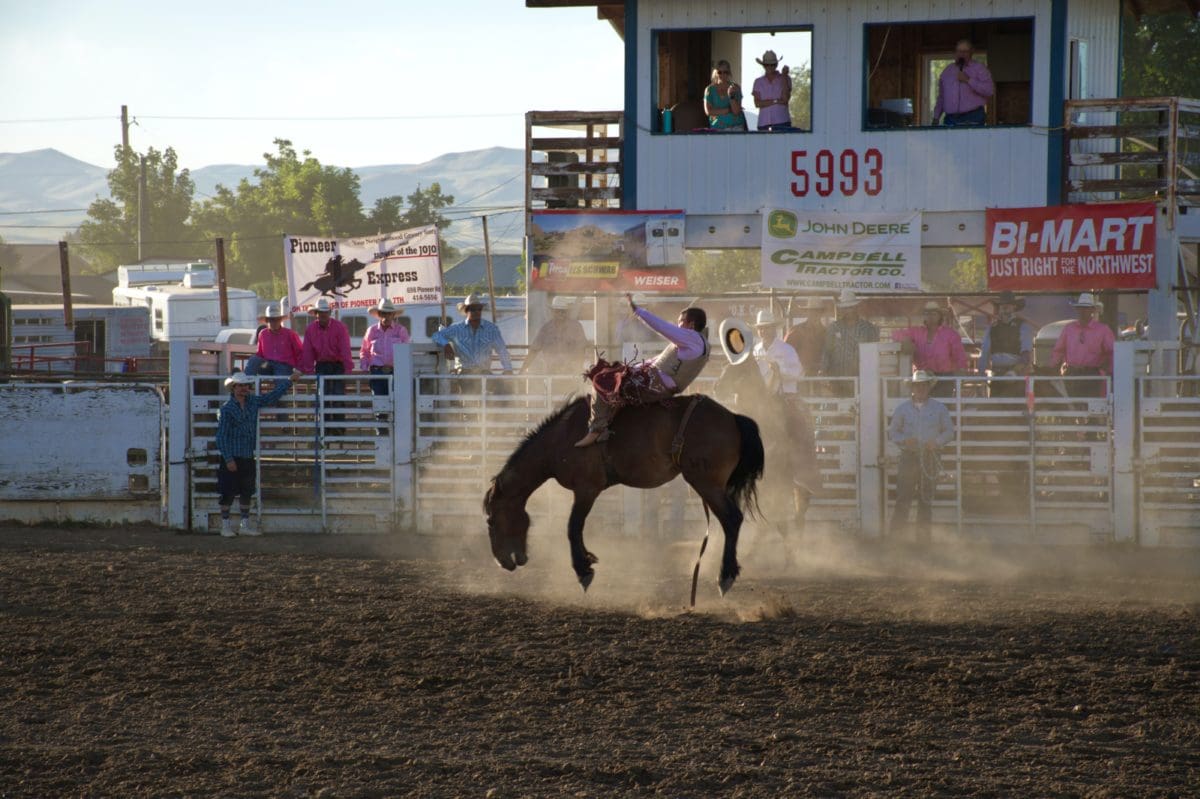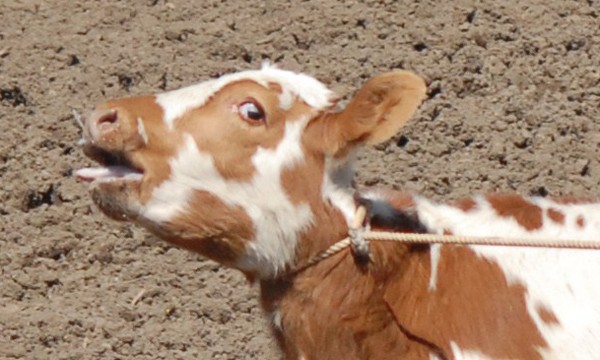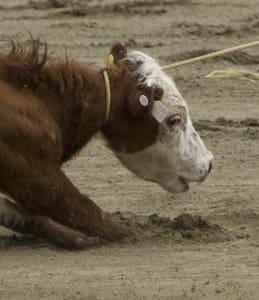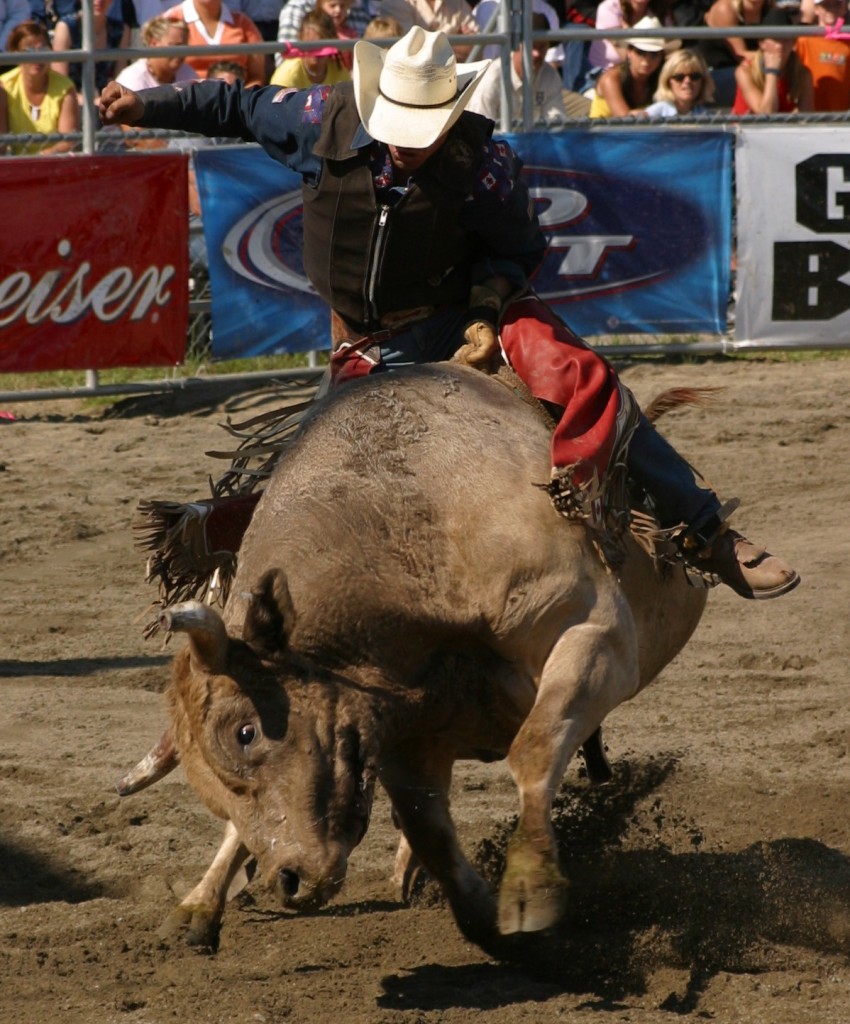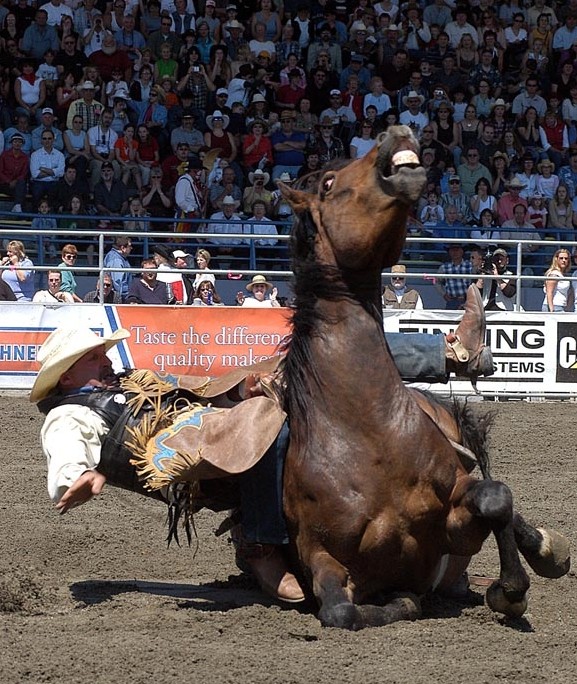So why does CBC keep broadcasting it?
The VHS has long criticized CBC Sports for broadcasting the Calgary Stampede rodeo. The CBC has refused to end its coverage despite the clear evidence that animals suffer in rodeos. They’ve stated that the Stampede is “a longstanding Canadian tradition and is popular with millions of Canadians across this country.”
Yet public polling over the years shows that a majority of Canadians are opposed to the use of animals in rodeos.
Public polling shows that a majority of Canadians are opposed to the use of animals in rodeo. Another poll that the VHS commissioned indicates that removal of the rodeo and chuckwagon events from the Calgary Stampede program would have virtually no impact on attendance rates and would bring in new crowds.
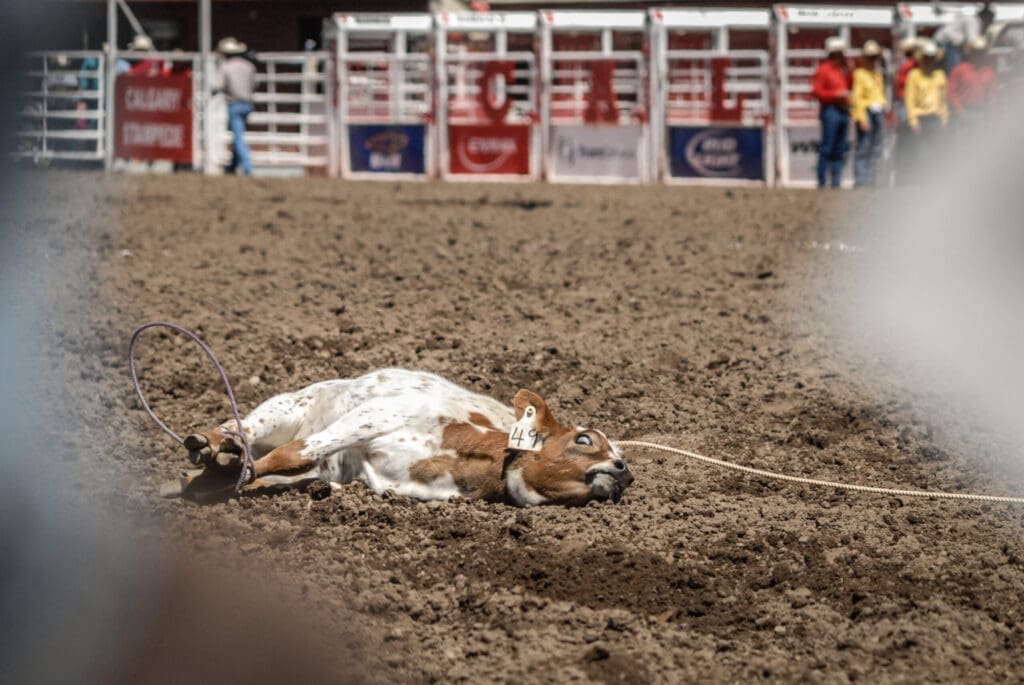
During the 2015 Calgary Stampede, the VHS launched a petition calling on CBC to end its broadcast of the Stampede rodeo. This petition was supported by 24,119 animal allies.
The VHS continues to call for an end to inhumane rodeo events and the deadly chuckwagon races at the Calgary Stampede.
Let CBC Sports know that you are among millions of Canadians opposed to rodeo – and you are in the majority. Tell them to stop putting cruelty on our television screens and calling it a sport.
Please support the Vancouver Humane Society’s continuing campaign against rodeo cruelty. Thanks to supporters, the VHS has been able to successfully advocate for a ban on rodeo in the City of Vancouver, District of North Vancouver, and Port Moody. The VHS and other organizations and advocates has also won victories against the Cloverdale Rodeo in Surrey and the Luxton Rodeo on Vancouver Island. Your donation will help the VHS continue this crucial work.

